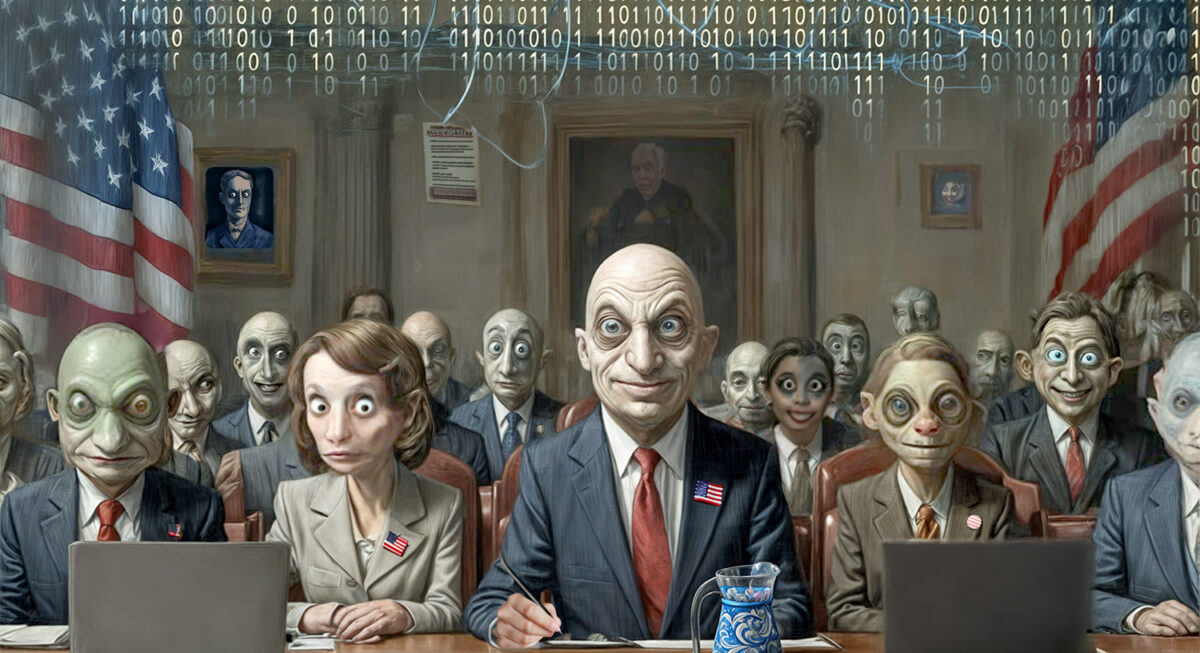Net neutrality, a scheme to centrally plan the provision of broadband Internet access by private companies, is dead.
At least for now.
No harebrained scheme is ever definitely dead for sure and forever in politics. Not on this planet.
Net neutrality had been killed before. But last year, Democrats on the FCC in favor of micromanaging how broadband Internet access is priced and how broadband companies may invest their resources revived the misnamed doctrine, a confection of the Obama era.
Fortunately, the Sixth Circuit Court of Appeals has put the kibosh on this recrudescence of out-of-control power-grabbing. The court explicitly noted a recent Supreme Court ruling that deference need no longer be accorded to regulators who make the law say whatever they want it to say.
The Sixth Circuit ruled 3 – 0 that the FCC had overstepped its authority under the law.
And it cited the Supreme Court’s 6 – 3 decision last year in Loper Bright Enterprises v. Raimondo. This was the decision that overturned the Chevron doctrine (according to which judges must defer to bureaucratic misinterpretation and hijacking of law if such hijacking can be somehow construed as “reasonable”).
The Wall Street Journal points out that “ending Chevron will make it harder for regulators to exceed their authority.… This is a victory for self-government and the private economy over the willful administrative state.”
That, and the more basic truth that net neutrality is itself an incoherent, unworkable policy, is more than enough reason to celebrate this revenant notion’s reiterated demise.
This is Common Sense. I’m Paul Jacob.
Illustration created with Flux and Firefly
—
See all recent commentary
(simplified and organized)

1 reply on “Net Neutrality: Dead Again”
The name “Net Neutrality” became willfully misleading. Transmitting packets of data at different rates is highly desirable; for example, a sufficient rate for text content from a web page is far lower than a sufficient rate for streaming video content. So, packets of data were not going to be transmitted at the same rate regardless of type and source. The idea of giving all packets the same priority was swiftly replaced; “Net Neutrality” came to mean a policy under which differring transmission rates would be determined by bureaucrats, instead of by markets.
Some people imagine ISPs (Internet-service providers) as charging fees to different content providers in some way creating unfair advantages or disadvantages. But if the fee structure is left to the market then, so long as consumers are free to switch ISPs, they can switch to the provider who best serves their needs. ISPs must compete for customers by competing in reliable delivery of data at appropriate speeds.
On the other hand, if the FCC or some other agency determines transmission rates, then consumers are not given a choice. Moreover, what we have seen across the world are attempts by the state to restrict disfavored content, which attempts would assuredly extend to slowing down sites that carried disfavored content.
Net Neutrality was previously cast aside for a time, and the terrible consequences that the corporate left predicted did not follow. In the face of that experience, the insistence on restoring it spoke not to simple misunderstanding, but to malevolence.